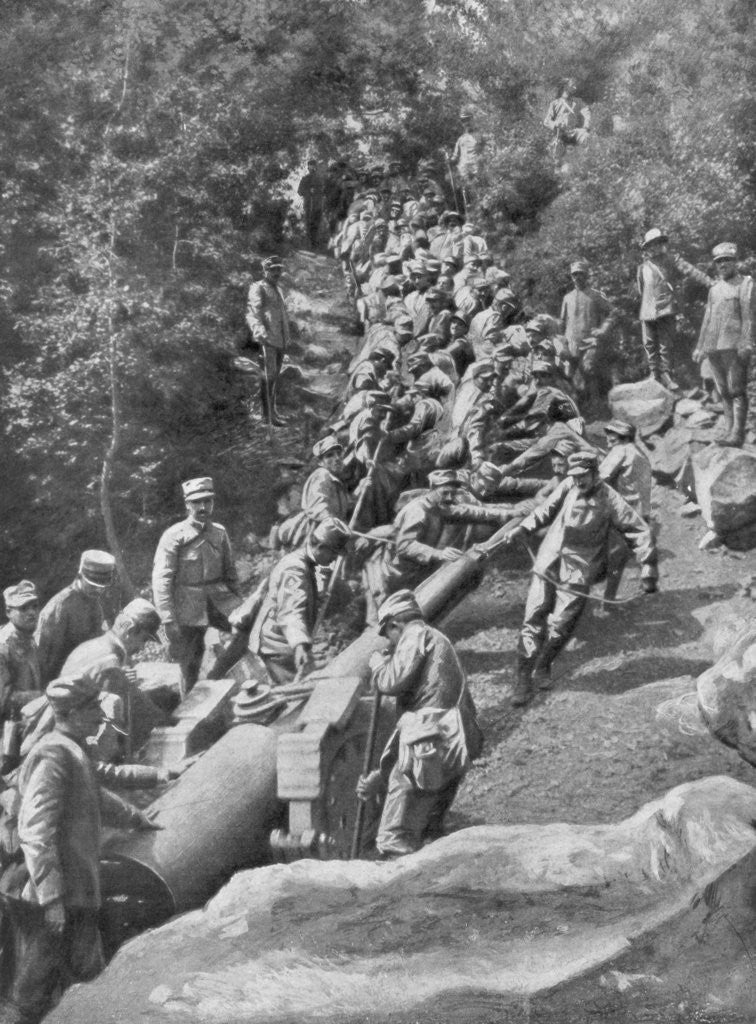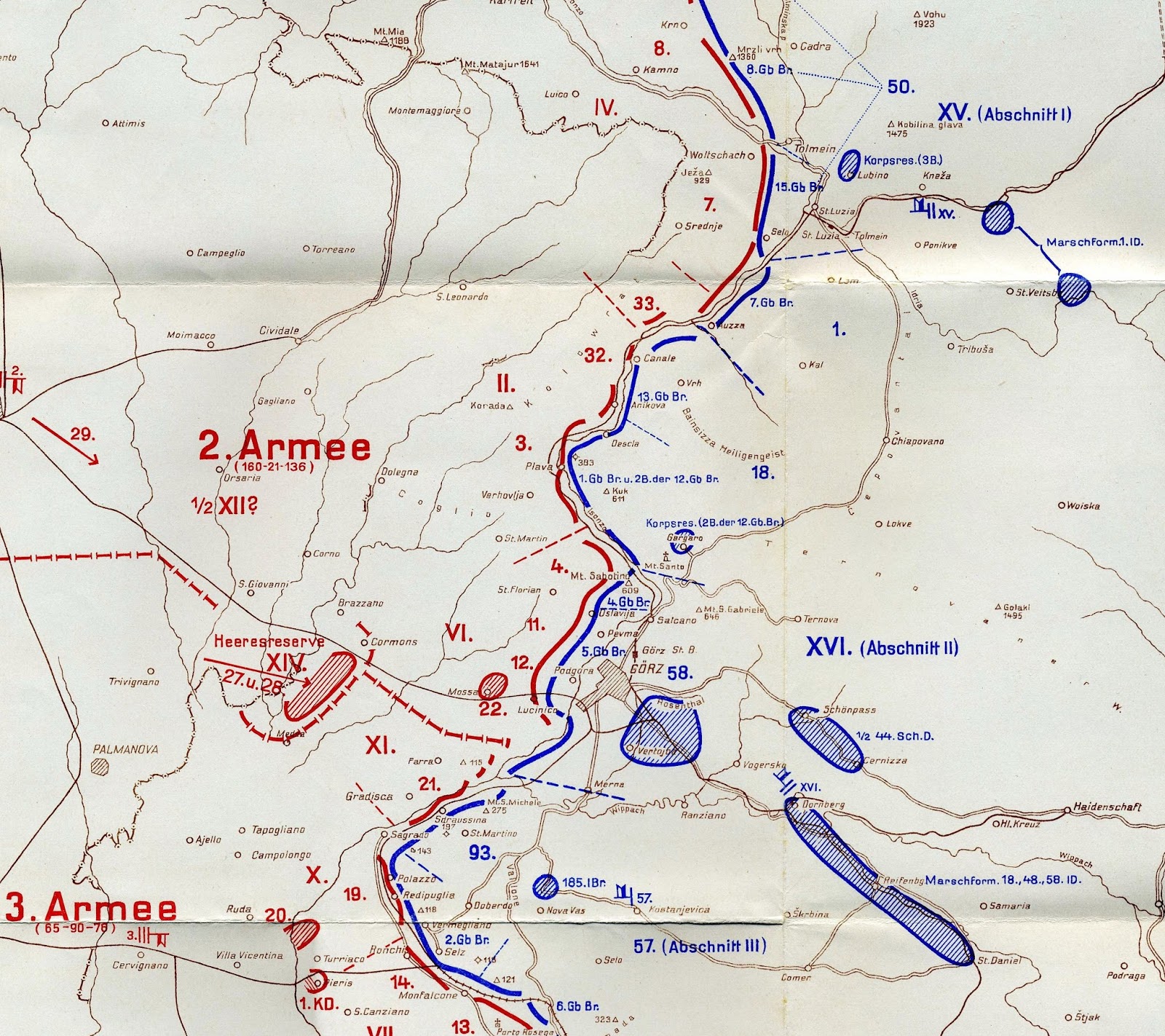

According to historians, a data base containing all Hungarian military losses will be completed by 2018, the centenary year marking the end of the First World War. The exact number of Hungarian soldiers killed in action at Doberdo are unknown to the present day. The battles of Doberdo took a huge toll, with 13 fallen or wounded Italian and eight Austro-Hungarian soldiers on each meter of the front line. 39 Battles Of The Isonzo Photos and Premium High Res Pictures - Getty Images Editorial Editorial FILTERS CREATIVE EDITORIAL VIDEO 39 Battles Of The Isonzo Premium High Res Photos Browse 39 battles of the isonzo stock photos and images available, or start a new search to explore more stock photos and images. In the bloody battles of the Isonzo, the Italians made as many as 11 unsuccessful attempts in two years to cross the river and break through the front line. Battles took place in the north-eastern portion of Italy, from the Trentino on the left, along the Carnic and Julian Alps, then down the line of the River. The Austro-Hungarian army, however, constructed significant defences in the steep mountains on the edge of the deep-current Isonzo. The numerically superior, 850,000-strong Italian forces intended to reach the home front of the Austro-Hungarian Monarchy in the valley of the Isonzo River flowing into the Adriatic Sea. According to plans, a joint central Slovenian–Hungarian WWI memorial will be erected at this site, under an agreement that was recently concluded between the Hungarian and Slovenian ministers of defence at an informal EU defence ministerial meeting in Bratislava.ĭuring the First World War, the battle on the Doberdo Plateau began on 23 June 1915, as part of the fighting along the Isonzo River. At the Kromberk castle, together with representatives of the country, he will commemorate the Hungarian soldier heroes killed in action on Slovenian territory during the First World War. István Simicskó is visiting several places in Slovenia.
#BATTLES OF THE ISONZO SERIES#
Operations renewed afresh with the Tenth Battle of the Isonzo on. From May 1915 to October 1917 the armies of Italy and the Austro-Hungarian empire were locked into a series of twelve battles along the River Isonzo.

However, with the ninth battle called off in failure on 4 November 1916 and the Italians undeniably weakened by continual offensive operations throughout the year - 1916 had seen five Isonzo operations on top of four undertaken the year before - a lengthy break was taken for the winter. When the Germans finally assented (sensing the potential collapse of the Austro-Hungarian position) and constructed a combined force in time for the Twelfth Battle of Isonzo, the results were dramatic. Realising this they continued to call upon their German ally to provide military assistance within the sector. This category has the following 10 subcategories, out of 10 total. Neither side could particularly afford the casualties suffered but the Austro-Hungarians in particular were finding their defensive lines increasingly stretched. The previous three Isonzo battles had seen Cadorna concentrate short, sharp initiatives against closely defined targets, generally aimed at extending their sole bridgehead east of Gorizia. Cadorna had intended to ensure such a breakthrough in the wake of the capture of Gorizia during the Sixth Battle of the Isonzo, but instead the war of attrition gathered pace. The Italians suffered 75,000 casualties and the Austro-Hungarians 63,000.Īs always along the Soča (Isonzo), the Austro-Hungarian Army's command of the mountainous terrain provided a formidable natural barrier to the Italians' attempts to achieve a breakthrough. With the ninth battle fought from 1–4 November 1916 the combined casualty total from the three linked battles proved sufficiently heavy to ensure that each attack was of short duration (each less than a week). The battle started with an attack on Vrtojba and the northern and central areas of the Karst Plateau. Including a triumvirate of battles launched after the Italians' successful seizure of Gorizia in August 1916 to extend their bridgehead to the left of the town, it ended in further failure for the Italian Chief of Staff Luigi Cadorna. The Fourth Battle of the Isonzo was fought between the armies of Kingdom of Italy and those of Austria-Hungary on the Italian Front in World War I.

The Ninth Battle of the Isonzo was an Italian offensive against Austria-Hungary in the course World War I.


 0 kommentar(er)
0 kommentar(er)
